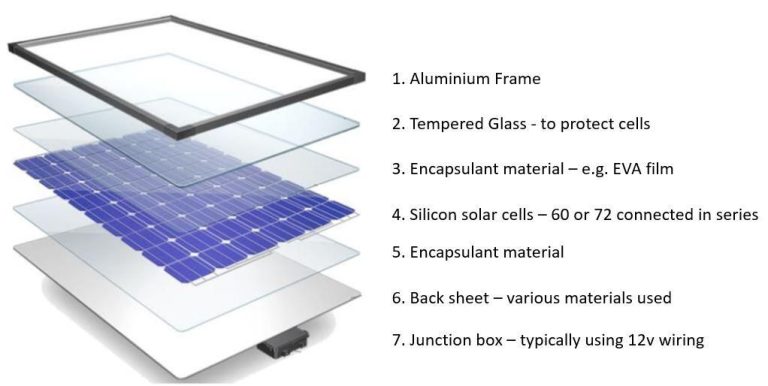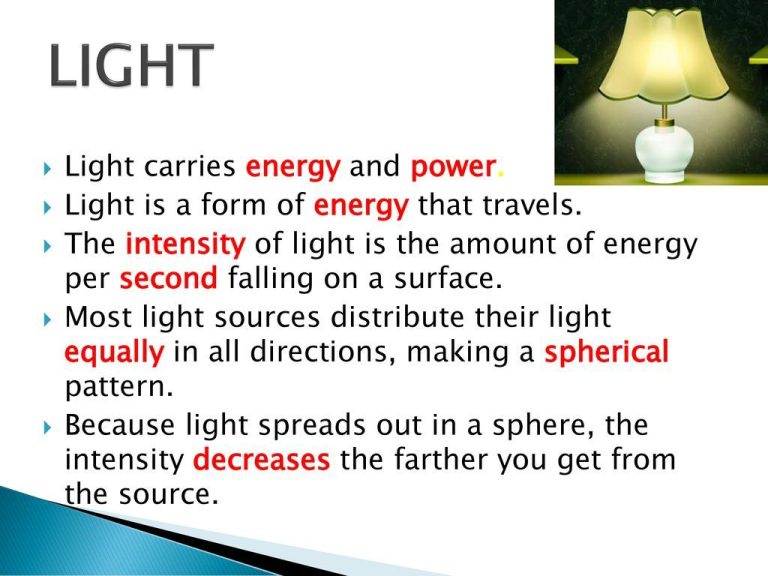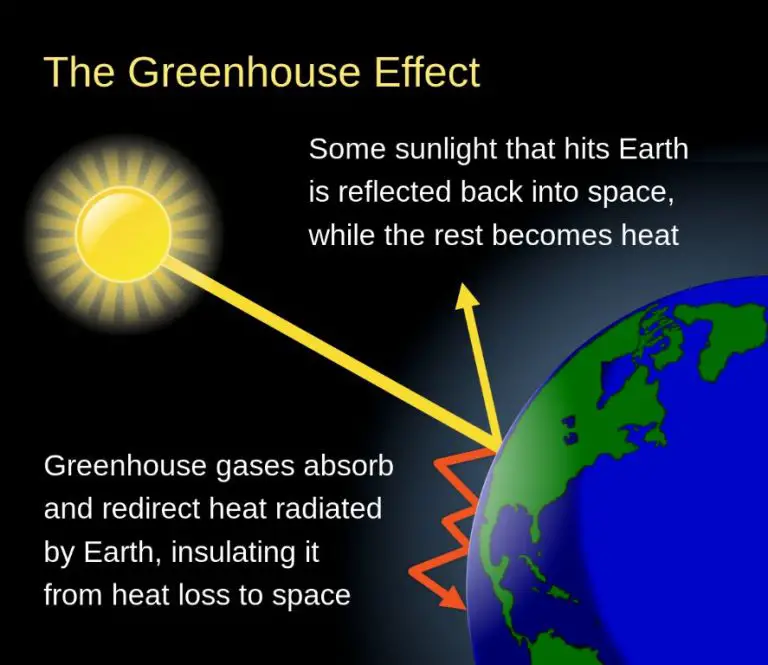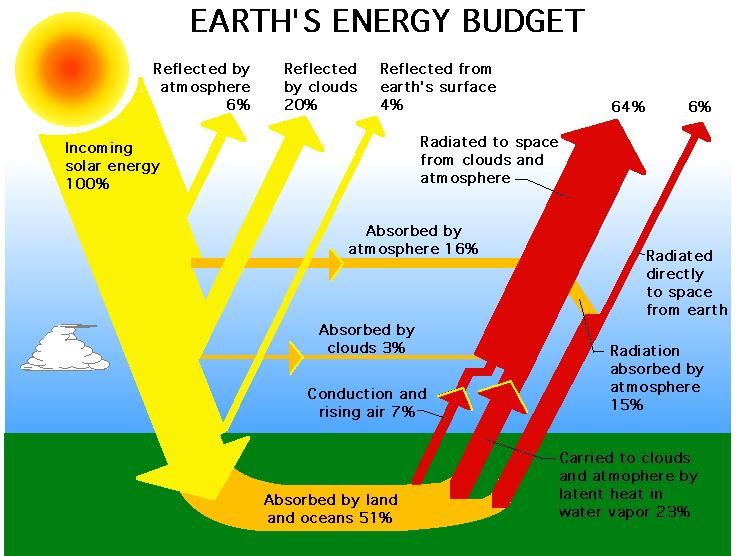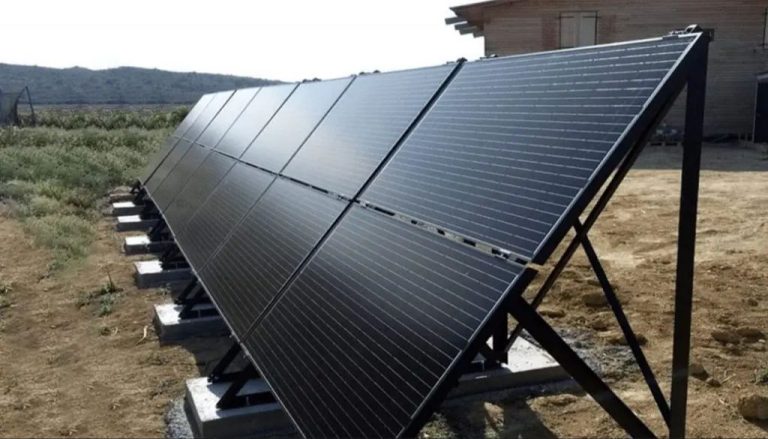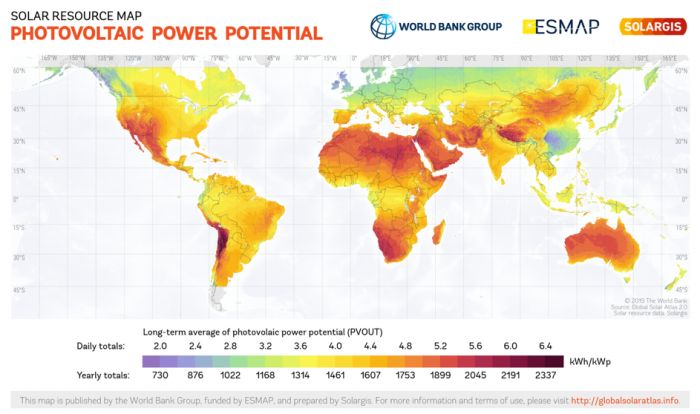How Long Do Solar Thermal Power Plants Last?
Solar thermal power plants, also known as concentrated solar power (CSP) plants, are facilities that use mirrors or lenses to concentrate sunlight and convert it into high temperature heat. This heat is then used to produce steam to drive a turbine and generate electricity. Solar thermal plants allow for the storage of solar energy in the form of heat, which can then be used to generate electricity when needed, even when the sun is not shining.
Unlike solar photovoltaic (PV) systems that directly convert sunlight into electricity using solar panels, solar thermal plants use the heat from the sun’s rays to heat a fluid, produce steam and turn an electrical turbine. This allows solar thermal plants to be coupled with thermal energy storage systems to store excess heat for later use. The most common solar thermal technologies are parabolic trough systems, linear Fresnel reflector systems, power towers or central receiver systems, and parabolic dish systems.
Solar thermal power plants provide a renewable method of generating conventional electricity that produces little to no greenhouse gas emissions. Their ability to include cheap thermal energy storage provides a major advantage over other renewable energy technologies.
Typical Lifespan
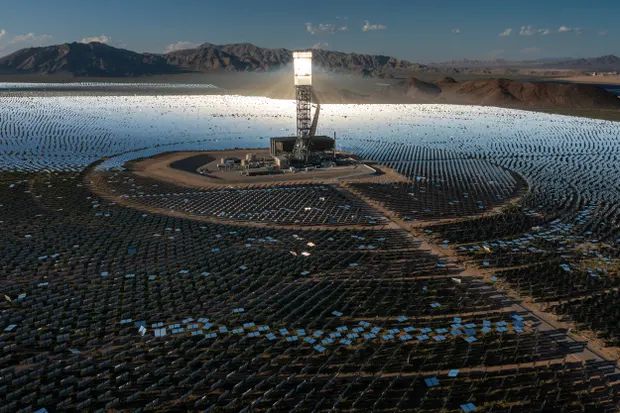
The typical lifespan of a solar thermal power plant is 25-40 years. This lifespan refers to how long the plant can operate economically before major overhauls or component replacements are needed. Solar thermal plants consist of three main components – the solar field with collectors/mirrors, the thermal storage system, and the steam turbine/generator system. With proper maintenance and upkeep, these components can last approximately:
- Solar field: 25-30 years
- Thermal storage system: 30-40 years
- Steam turbine/generator system: 25-40 years
While solar thermal technology has existed for decades, many of today’s large-scale plants were built within the last 10-15 years. So long-term empirical data on exact lifespans is still limited. However, experts estimate modern solar thermal plants have an operational lifetime of 25-40 years on average if all components are adequately maintained and replaced when needed.
Factors Affecting Lifespan
There are several key factors that affect the lifespan of solar thermal power plants:
Technology: The type of solar thermal technology used has a major impact on lifespan. Parabolic trough plants, which are the most common technology, tend to last 25-30 years. Newer technologies like solar power towers or linear Fresnel reflectors may last 35 years or longer due to technological improvements.
Maintenance: Proper maintenance and upkeep is crucial for extending the usable lifetime of a plant. Regular cleaning of mirrors, replacement of heat transfer fluid, and repair of components can keep the plant operating efficiently for decades.
Weather Conditions: The climate and weather patterns where the plant is located affects duration. Wind storms, sand storms, extreme heat or cold temperatures may accelerate wear and tear. Plants in sunny, protected areas tend to last longer.
By selecting robust technology, conducting rigorous maintenance, and siting plants in optimal climates, solar thermal developers can build facilities with lifespans of 30 years or more.
Lifespan of Components
The key components of a solar thermal power plant include the solar collectors, heat exchangers, turbines, and thermal storage tanks. Here is a breakdown of the typical lifespan for each:
Solar Collectors
Solar collectors, which use mirrored surfaces to concentrate sunlight and convert it to heat, typically last around 25-30 years. Proper maintenance like cleaning the mirrors and inspecting connections can extend the lifespan further. Thermal cycling and erosion from sand/dirt are factors that degrade collectors over time.
Heat Exchangers
Heat exchangers that transfer the thermal energy from the collectors to water or molten salt generally last 20-25 years. Corrosion and fatigue cracking can occur over decades of use, requiring monitoring and occasional replacement of damaged parts.
Turbines
Steam turbines that generate electricity have a typical lifespan of 25-30 years. Regular maintenance and part replacement as needed can maximize longevity. New turbine blade coatings and materials are also improving lifespan.
Thermal Storage Tanks
Insulated thermal storage tanks used in solar tower and parabolic trough systems last approximately 30 years before needing replacement. Maintaining the integrity of the insulation is critical for minimizing losses.
Maintenance
Proper maintenance is critical for maximizing the lifespan of solar thermal power plants. There are several key maintenance activities that need to be performed regularly:
-
Cleaning – Solar collectors and mirrors need to be cleaned frequently to remove dust, dirt, and debris that can accumulate and block sunlight. Cleaning schedules vary based on environmental conditions but are typically done daily or weekly.
-
Inspections – All components, including collectors, piping, thermal storage tanks, and steam turbines, should be regularly inspected for any signs of wear, corrosion, or damage. Minor issues can be addressed before they become larger problems.
-
Fluid replacement – Heat transfer fluids, hydraulic fluids, and coolants deteriorate over time and need to be replaced per the manufacturer’s recommendations, often every few years.
-
Tune-ups – As with any power plant, solar thermal facilities require routine tune-ups, sensor calibrations, and preventative maintenance to keep all components running efficiently.
Proper maintenance keeps solar thermal plants in good working order and prevents premature failures that would otherwise shorten the overall lifespan. The maintenance costs are factored into the lifetime cost analysis of solar thermal projects.
Case Studies
The Ivanpah solar thermal power plant in California started operating in 2014. It utilizes 377,000 mirrors to generate 392 megawatts of power. As of 2023, Ivanpah has been operating for 9 years with minimal downtime. The plant has a power purchase agreement in place to provide energy through 2039, indicating an intended lifespan of at least 25 years.
The Solnova Solar Power Station in Spain opened in 2010 with a capacity of 150 megawatts. This parabolic trough plant was one of the largest solar thermal power stations when it was built. Solnova has been reliably generating electricity for over 13 years now. Its design lifetime is 30 years, so it is expected to keep operating until at least 2040.
The Shams solar power station in the United Arab Emirates became operational in 2013. With 258,000 mirrors and 100 megawatts of capacity, Shams provides electricity for 20,000 homes. After 10 years of generation, the parabolic trough plant has exceeded performance expectations. Its 25-year power purchase agreement suggests an intended lifespan of at least 25 years.
Lifespan Improvements
There are several technology improvements that can increase the lifespan of solar thermal power plants.
One area of focus is improving the materials used in key components like mirrors, receivers, and storage tanks. Using more durable mirrored glass, corrosion-resistant metals, and composite storage materials can all help extend component lifespans.
Advances in mirror cleaning and adjustment mechanisms can also reduce wear and tear from regular maintenance activities. Self-cleaning mirror coatings and automated mirror positioning systems are two examples.
In receivers and heat exchangers, newer designs allow for expansion and contraction without fatigue and failure. Improved thermal coatings on receiver tubes further protect against corrosion and fatigue.
For storage, using advanced molten salt mixtures can minimize chemical degradation at high temperatures. New storage tank designs help prevent salt freezing and localized overheating.
Software improvements also play a role. Better turbulent flow modeling inside receivers and piping helps optimize designs. More accurate tracking and control algorithms reduce wear on mirrors and extend cleaning cycles.
With these technology advancements, the lifespan of modern solar thermal plants can exceed 30 years of reliable operation.
Cost Considerations
The lifespan of a solar thermal power plant has a direct impact on its overall cost effectiveness. The high upfront construction costs can only be justified if the plant operates reliably for an extended period of time. Therefore, developers aim to build solar thermal plants to operate for 20-30 years or more.
There is a tradeoff between initial construction costs and maintenance costs over the lifespan. Higher quality materials and robust engineering in the initial build can minimize the need for repairs and replacements later on. Regular maintenance and part replacements are still needed, but plants built to higher specifications tend to have lower lifetime maintenance costs.
Operation and maintenance costs for solar thermal plants typically range from 2-4 cents per kWh produced. The bulk of maintenance costs stem from replacing the heat transfer fluid every 5-10 years. Other major costs include mirror washing, spare parts inventory, and general repairs of the power block and solar field over the lifespan.
By analyzing the total capital costs plus operating costs over the full lifespan, developers can find the optimal balance between initial construction investments and ongoing maintenance outlays. The goal is to maximize the amount of clean energy produced over the lifetime while minimizing the total cost per kWh.
Environmental Impact
When considering the lifespan of solar thermal power plants, it’s important to view it in the context of the environmental benefits these plants provide. While fossil fuel plants can operate for decades, they have a tremendous carbon footprint over that timespan. In contrast, solar thermal plants produce clean, renewable energy with minimal emissions. Even if a solar thermal plant only lasts 20-30 years, the avoided CO2 emissions compared to a coal or gas plant over that timeframe are substantial. Thermal solar plants help combat climate change and reduce air pollution, providing societal benefits that far outweigh any shortened operational lifespan. While longevity is desirable, the real metric of success for solar thermal is the cumulative clean energy generated over the plant’s life. With continued advances in technology and materials, the lifespan of solar thermal plants will likely improve over time. But the environmental dividends are clear even with today’s expected lifespans, making solar thermal a wise investment for a sustainable future despite any limitations on plant duration.
Conclusion
In summary, solar thermal power plants can have long and productive lifespans with proper maintenance and component upgrades. The overall lifespan is heavily dependent on the quality of initial construction and the plant’s operating conditions. Well-built plants in ideal locations can operate for 30-40 years. Key components like mirrors and receivers may need replacement every 10-15 years. With routine preventative maintenance and periodic upgrades, solar thermal plants can continue generating clean renewable energy for multiple decades.
Based on average lifespans reported across various case studies, a reasonable estimate for the lifespan of a solar thermal power plant would be 25-35 years. With optimal site conditions and maintenance regimes, some plants may even operate up to 50 years. While the initial investment in a solar thermal plant is significant, the ability to generate emission-free power for decades makes this technology highly viable and competitive over the long term.

